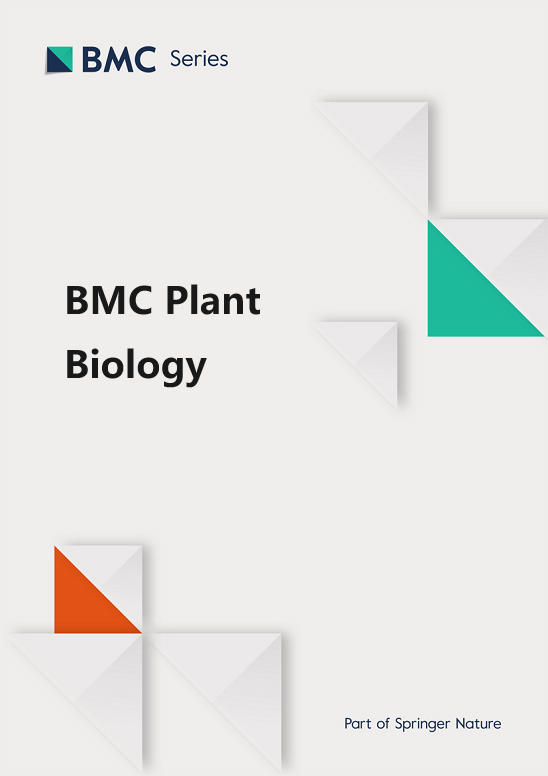Glyphosate resistance and no fitness cost in backcross offspring of wild soybean and transgenic soybean with epsps gene
IF 4.3
2区 生物学
Q1 PLANT SCIENCES
引用次数: 0
Abstract
The commercial utilization of genetically modified soybeans has yielded substantial economic advantages. Nevertheless, the genetic drift towards wild soybeans is one of the main ecological risks that needs to be addressed. Previous experiments demonstrated the absence of fitness cost or florescence overlap in hybrid offspring resulting from the crossbreeding of transgenic soybean GTS40-3-2 and Zhengzhou wild soybeans. In this study, hybrid progeny was systematically crossed with wild soybeans to establish a backcross progeny system. This system was employed to evaluate the ecological risk associated with the backcross progeny of transgenic and wild soybeans. The findings indicated that the offspring from the backcross exhibited glyphosate tolerance. Furthermore, the expression of foreign proteins in the backcross offspring was notably lower than in the transgenic soybean, and there was no significant difference when compared to the hybrid progeny. Parameters such as germination rate, aboveground biomass, pods per plant, full seeds per plant, and 100-grain weight exhibited no significant differences between the negative and positive lines of the backcross progenies, and no fitness cost was identified in comparison to wild soybeans. These results underscore the potential for foreign genes to propagate within other wild soybeans, which requires continuous attention. The widespread adoption of genetically modified soybeans has undeniably led to substantial economic gains. However, the research findings emphasize the critical importance of addressing the ecological risks posed by genetic drift towards wild soybeans. The backcross progeny system established in this study indicates that the potential for foreign gene dissemination to wild soybean populations warrants continued attention and mitigation strategies.野生大豆和带有epsps基因的转基因大豆回交后代的草甘膦抗性和无适应性成本
转基因大豆的商业利用产生了巨大的经济优势。然而,向野生大豆的遗传漂移是需要解决的主要生态风险之一。之前的实验表明,转基因大豆 GTS40-3-2 与郑州野生大豆杂交产生的杂交后代不存在适应性成本或花叶重叠。在本研究中,杂交后代与野生大豆进行了系统杂交,建立了回交后代系统。该系统用于评估转基因大豆和野生大豆回交后代的生态风险。研究结果表明,回交后代表现出草甘膦耐受性。此外,回交后代的外来蛋白表达量明显低于转基因大豆,与杂交后代相比没有显著差异。回交后代的阴性品系和阳性品系之间在发芽率、地上生物量、每株豆荚、每株饱满种子和 100 粒重等参数上没有显著差异,与野生大豆相比也没有发现健康成本。这些结果突显了外来基因在其他野生大豆中传播的潜力,这需要持续关注。不可否认,转基因大豆的广泛应用带来了巨大的经济收益。然而,研究结果强调,解决野生大豆基因漂移带来的生态风险至关重要。本研究建立的回交后代系统表明,外来基因传播到野生大豆种群的可能性值得持续关注,并应采取缓解策略。
本文章由计算机程序翻译,如有差异,请以英文原文为准。
求助全文
约1分钟内获得全文
求助全文
来源期刊

BMC Plant Biology
生物-植物科学
CiteScore
8.40
自引率
3.80%
发文量
539
审稿时长
3.8 months
期刊介绍:
BMC Plant Biology is an open access, peer-reviewed journal that considers articles on all aspects of plant biology, including molecular, cellular, tissue, organ and whole organism research.
 求助内容:
求助内容: 应助结果提醒方式:
应助结果提醒方式:


